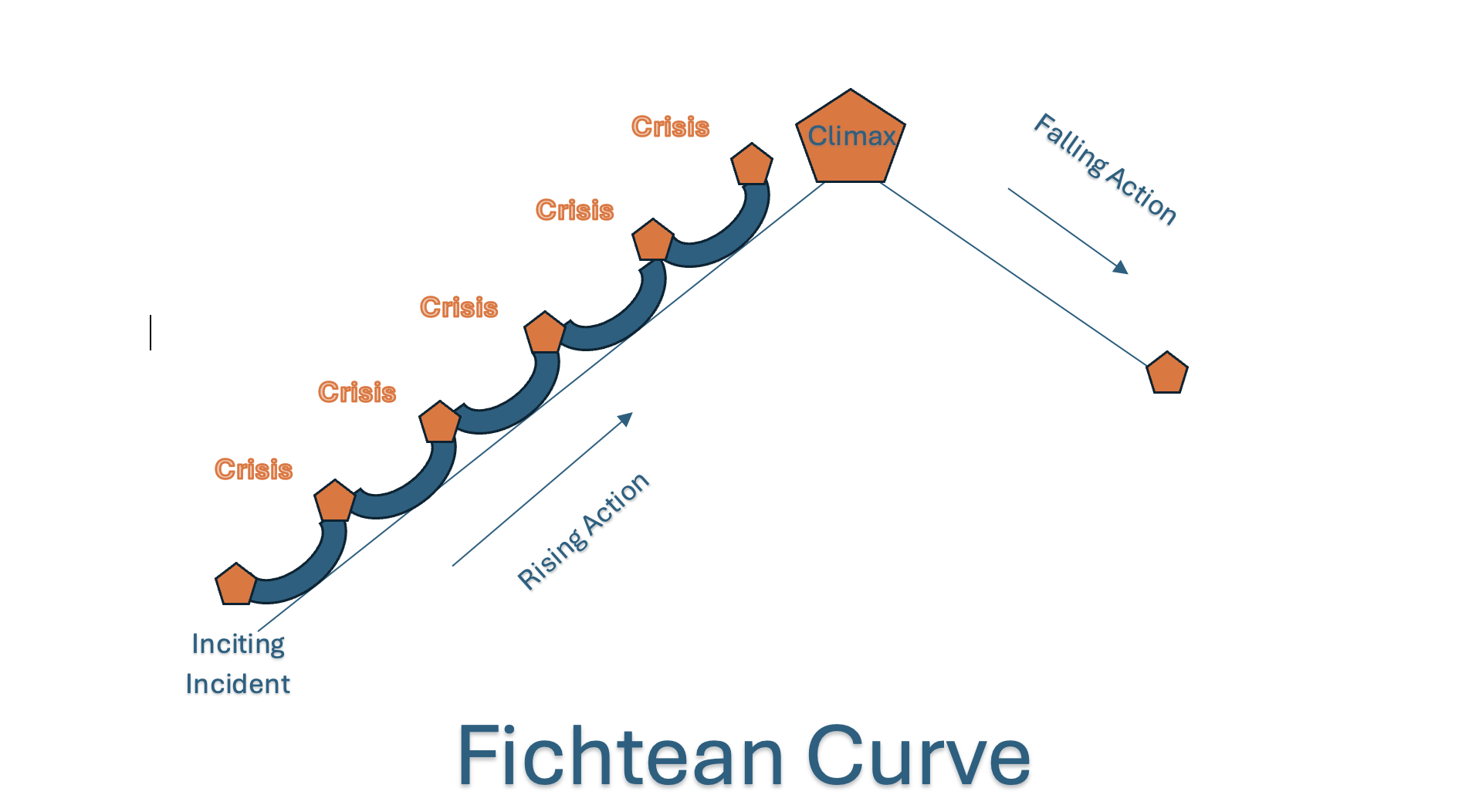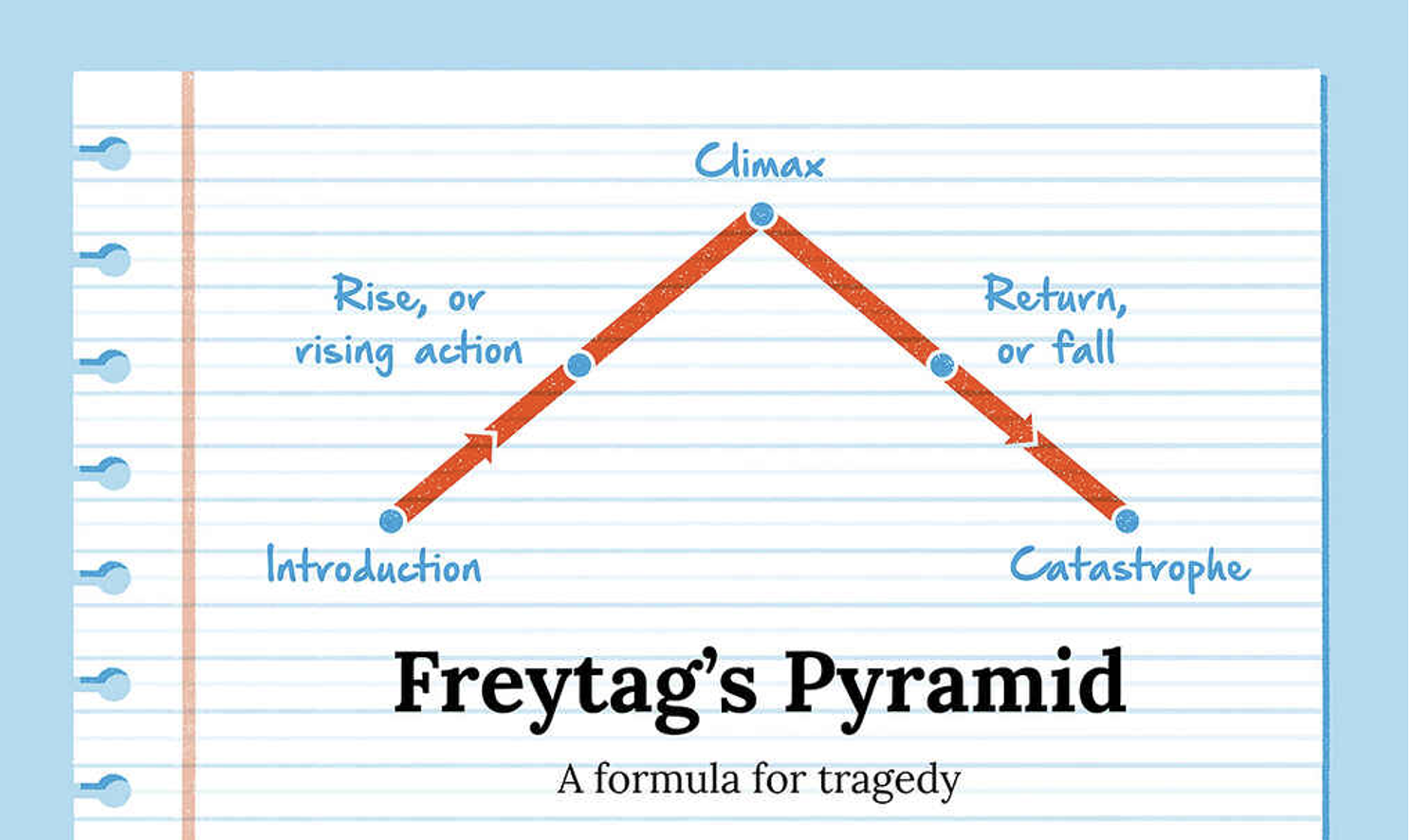What is the Difference Between Literary and Commercial Fiction?
Pauline J. Grabia participates in the Amazon Services LLC Associates Program, an affiliate advertising program, and earns from qualifying purchases from links in this post.
Please subscribe to my email newsletter for updates on my website and blog, and exclusive access to exclusive material in the Subscriber Content page of this website (see menu bar above). New content will be added regularly. You can sign up in the form found in the footer of this page. Thank you!
Why Should Writers and Readers Care about the Difference?
Knowing the difference between literary and commercial fiction is important for an author, whether they are planning to be traditionally published or self-published. An author needs to know how to describe their book to literary agents and publishers and how to market it to readers. This becomes difficult without understanding what literary fiction is as opposed to commercial fiction. This post will explore the differences between literary and commercial fiction and offer some examples.
What is Literary Fiction?
Literary fiction is fiction that is based on artistry and style. The stories are character-driven and propelled by internal values and motivations. They focus on the writing in and of itself as an art form, not simply as a vehicle for transmitting a story or plot to the reader. Particular attention is paid to language, theme, and character development. The language is more poetic and symbolic, involving in-depth imagery and employing various literary elements like metaphor, simile, symbolism, personification, hyperbole, etc. These books fall into the Internal Content genre and include books in the worldview, morality, and status genres.
The audience for literary fiction reads for depth and meaning as opposed to entertainment and diversion. The intellectual metrics of people who read literary fiction are generally higher than those who read commercial fiction, though this is not necessarily so. Literary fiction generally reaches a smaller market than commercial fiction. The books in this category require hand-selling. As a result, it is more difficult for a book in the literary fiction market to achieve high sales numbers without critical acclaim or winning contests and earning prizes to promote it to the public.
One criticism of literary fiction is that it is purposefully written to be confusing and difficult to understand, that it “happily sacrifices plot in favour of focusing on stylish writing or daring experimentation with the form.” (Burton, 2022) It’s often described as overinflated or pretentious and referred to as high-brow or intellectual fiction.
Some examples of literary fiction include:
· The Great Gatsby by F. Scott Fitzgerald
· To Kill a Mockingbird by Harper Lee
· The Kite Runner by Khaled Hosseini
· Jane Eyre by Charlotte Bronte
What is Commercial Fiction?
Commercial fiction is based on entertainment and clear communication over art. It is often referred to as genre fiction, which is misleading because there are also distinct genres within the literary fiction category. Whereas literary fiction is character-driven and propelled by internal values and motivations, commercial fiction tends to be more plot-focused and driven by external values and motivations. The story or plot is at the forefront of the piece, not form. This, of course, is a generalization; many commercial fiction books manage to produce a riveting story while fleshing out well-rounded characters and themes. The authors tend not to focus on language, using it more utilitarianly as a tool rather than an end to itself. The quality can be considered more ‘readable’ or ‘accessible’ by the greatest number of readers in the market. Their focus is to make the writing engaging. Authors of commercial fiction are often constrained by genre boundaries—obligatory scenes and conventions—and struggle to be creative and innovative within these boundaries. Commercial fiction usually falls in the external content genre and includes styles of fiction that include fantasy, mysteries, horrors, romances, and thrillers.
The term “commercial fiction” is often used as a derogatory title, and those who prefer literary fiction denigrate commercial fiction for being “dumb-downed” and pedestrian, appealing to the undereducated and those with a lower I.Q. However, just because a book has mainstream appeal to a larger population doesn’t necessarily mean it is intellectually beneath books classified as literary fiction—the metrics of readers of commercial fiction run the full range of the spectrum from below-average to above-average in intelligence and education.
Another criticism of commercial fiction is that it is said to prioritize plot over character development. Again, this is a generalization. Increasingly, books in the commercial fiction genre are incorporating greater and deeper character development to complement a plot-driven narrative.
Some popular examples of commercial fiction include:
· The Harry Potter Series by J.K. Rowling
· It by Stephen King
· The DaVinci Code by Dan Brown
· The Client by John Grisham
Fiction That Blurs the Lines
Increasingly, there are books written that don’t fit cleanly in either literary or commercial fiction and, in fact, blur the lines between the two, meaning they have qualities from both categories. A newer hybrid category of books falls into what is known as Upmarket Fiction. Upmarket fiction incorporates elements of the plot-driven action of mainstream fiction and the sophisticated, artistic prose and advanced character development of literary fiction. Another name for this category is “Book Club Fiction.” Upmarket is a modifier, as in ‘upmarket thriller’ or ‘upmarket science fiction.’
These books are deep enough to get the reader thinking about topics, engendering intriguing discussion and study while entertaining the reader and being accessible enough to appeal to a wider audience. These books sell quite well and are gaining popularity in the marketplace. They incorporate both internal and external content genres. As a result, authors of upmarket fiction “are focused on creating nuanced characters and engaging with complex themes.” (MasterClass, 2021)
Three examples of Upmarket fiction include:
· Gone Girl by Gillian Flynn
· The Lovely Bones by Alice Sebold
· Water for Elephants by Sara Gruen
Comparison Table of Literary Fiction and Commercial Fiction
Understanding where your writing falls regarding these categories is important from a publishing and marketing point of view. It helps the author focus and remain on track concerning the audience they hope to attract. Still, it also allows agents and publishers to determine how to categorize the work and, thus, how and to whom to market it. However, with the modern trend of blurring the lines between literary and commercial fiction, the importance of classifying books in this fashion may eventually become obsolete.
In my writing, I lean towards writing commercial fiction. However, I often find the obligatory scenes and conventions of external content genres restricting, and I strive toward deep character development with internal value conflict and external conflict. In that sense, I often have difficulty deciding which category my writing falls in.
Which category of fiction do you prefer to write and/or read? Do you have a favorite? Let me know in the comments.
Next week, I will explore what external content genres fall within the Commercial fiction category.
Works Cited
Burton, J. (2022, December 4). Literary Fiction and Commercial Fiction: What's the Difference? Retrieved from Janey Burton: www.janeyburton.com
MasterClass. (2021, September 1). MasterClass. Retrieved from MasterClass Articles: www.masterclass.com/articles
Please subscribe to my email newsletter. By subscribing, you will receive advance notice of upcoming blog posts, news updates about my website and publishing journey, and exclusive content available only to subscribers on my Subscriber Content page. This content currently includes the Prologue and Chapters Eleven through Twenty-Five of my novel Filling the Cracks, the first ten chapters available to the public on my blog. If you want to read the novel's conclusion, subscribe! If you haven’t read Filling the Cracks, you can begin with Chapter One here.
Thanks again for reading! Check out my social media accounts and return for another informative post next week. God bless you richly!
Pauline J. Grabia
Related Posts:






In previous posts, we have explored various forms of story structure, including Freytag’s Pyramid, the Fichtean Curve, and the Hero’s Journey. Each of these is an effective story structure for a writer, depending on the narrative. The Three-Act Story Structure is one of the most used story frameworks in literature and film. This structure divides the story into three main sections or acts: Act 1, the Setup (or Beginning); Act 2, the Confrontation (or Middle); and Act 3, the Resolution (or Ending). This will not be a comprehensive exploration of the three-act structure, as there are other blogs listed at the end that do a much better job than I could of deeply examining the elements of this structure.